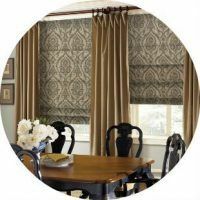
Roman curtains with their variety have almost completely replaced obsolete bulky curtains. Such curtains perfectly fit into any interior, it is interesting to dilute it or supplement it. In fact, it is not difficult to sew Roman blinds yourself, but you need to know some subtleties to avoid mistakes and marriage. The information below will help you create the curtains of your dreams.
- Variants of Roman curtains
- Difficulties in creating
- Sewing and decorating
Variants of Roman curtains
There are two types of Roman curtains - these are classic and cascading.
The classic version provides an absolutely flat curtain fabric in an unfolded form, only when lifting it gets folds.
Cascade version of curtains provides for the preservation of folds on the fabric of the curtain in any position.
Also Roman curtains differ:
- By the way of sewing. If you want to get a well-shaded window at the expense of the Roman curtain, you should choose a double cloth for sewing curtains. If you prefer a lighter and even translucent fabrics, then there will be enough and a single cloth.
- According to the type of attachment. You can fasten the curtain in the window itself or on the wall above it. If you have a large window sill, and you want to quietly access it, you should resort to the first option of fastening. The second option is more suitable for windows that open into the room. You can also choose the right option based on your own preferences and needs.
- By the way of decoration. In this case, there are no rigid limits and rules that can limit your imagination. You have the right to choose this or that fabric and combine it. You can also decorate the curtains with cords and fringe, light beads and bows.
- According to the type of fastening of rods. The rods are used to secure the fastening of Roman curtains and give them the desired shape. There are variants of Roman curtains without rods.
Difficulties in creating
- Curved curtains. For beginners, a big and common mistake is the failure to follow simple but strict rules when cutting out the future curtains. It is necessary to observe the clarity of right angles and the evenness of all the lines, so as not to damage the fabric and not cut it between the threads. The ruler in this case is your best friend, to avoid skewing the finished curtains.
- Shrinkage of fabric. To avoid shrinkage and tautness of the lining, it is worthwhile pre-conditioning the fabric. First you need to moisten it, and then treat it with an iron. In addition, it is easier to remove stains and various types of contamination from indented products.
- Rush for tailoring. If the side seams between the curtain rods have concave lines, then most likely in the process of sewing curtains was the saving of time and haste, which did not allow the pins to be stuck in the correct order when sewing the braid. Thus, the curtains between the rods and seams were strongly stretched. Avoid tightening in the transverse joints, if you pre-cut the braid with steam before sewing, and in the process of sewing, pin it with pins.
Tailoring and decoration
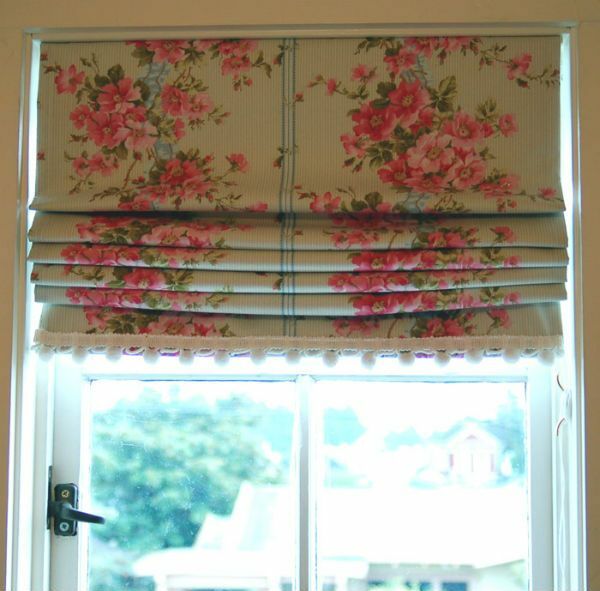
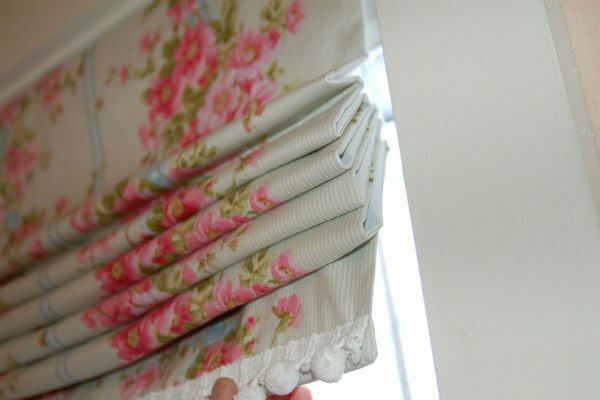
Necessary materials and tools for making Romancurtains:
- fabric of the desired density and color;
- slats made of wood or metal;
- rings made of metal or plastic;
- cords;
- tape to create cascades;
- sewing machine;
- wooden slats;
- hook for fixing the cord from the curtain;
- decorative materials on their own preferences.
The order of tailoring the Roman curtain:
First, prepare the fabric. Immediately sew fringe, not forgetting to insert a wooden plate under the fabric.

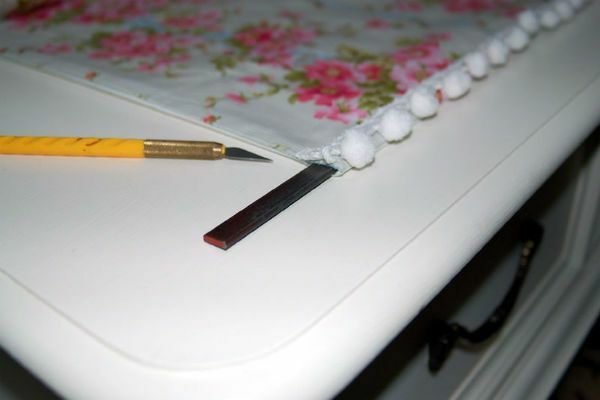
When cutting a Roman curtain it is worth considering that the top and bottom of it will need to be sewn. To do this, on each side to the total length of the curtain you need to add a stock of fabric about two centimeters.
When sewing the allowance of vertical edges, one should observe indents from the edge somewhere about one and a half centimeters.
Note the arrangement of the rings and the passage of cords through it.sewing rings on the back of the curtain.
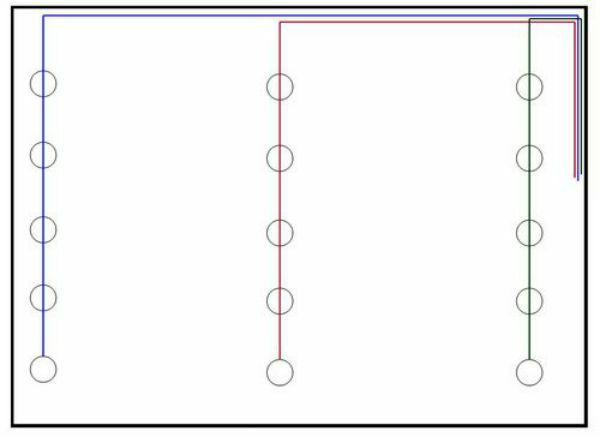

When calculating the position of the rings, remember that they should be at the same distance from each other not less than five centimeters. Sew the rings to the curtain.
In the lower part of the curtains you will need to insert a weighting agent( wooden bar).To do this, you need to stitch the blind at the bottom, after having measured the bar so that it snugly enters the sewn area.
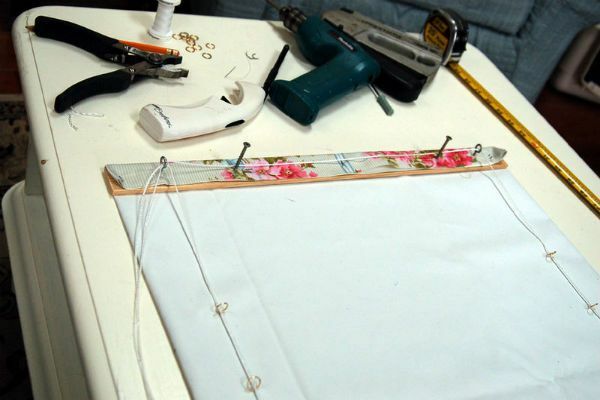
In order to hang the curtain on a simple cornice, it must be sewn from the top in the same way as from the bottom.
Between the curtain and the braid you need to insert wooden pipes or slats.
After sewing, hang the curtain on the cornice and level it horizontally.
Lower the finished curtain, and cut off the excess length of the cords. Leave about half a meter of cord to lower and raise the Roman curtain.
